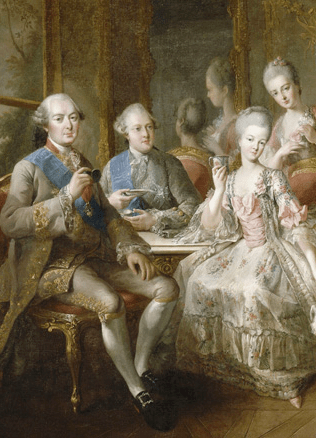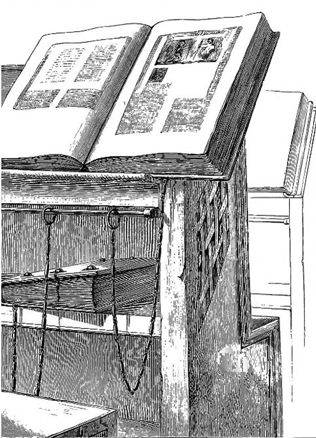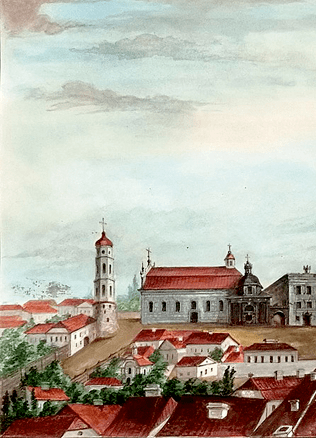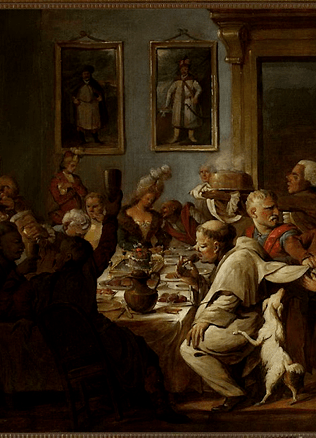Pastime in Vilnius: The Masquerades
Mardi Grass was a celebration enjoyed throughout the whole Europe. As time passed, the Catholic Europe gradually adopted a more or less unified form of celebration. According to the tradition of the Catholic Church, the Mardi Grass period that lasts for six weeks, or about 40 days, until the Easter and starts with the Ash Day. The Catholics are expected to fast and carry our other religious practices during that time. Despite that, or perhaps provoked by religious solemnity or maybe encouraged by the pre-Christian tradition, medieval cities in modern-day Italy, especially Venice, would organise joyous carnival parades during the Mardi Grass. The tradition eventually crossed the Italian borders to reach Southern Europe, French and German lands and seeped into eastern countries too. Masques, carnivals and masquerades adorned the streets of European cities and became a tradition.
The first documented carnival-like spectacle in Lithuania took place January 20, 1644 in the Lower Castle in Vilnius. Albrecht Stanisław Radziwiłł, the Chancellor of the Grand Duchy of Lithuania, described in his diary the tavern-carnival that featured the king, Władysław IV Vasa, his wife the queen Cecilia Renata, the Marshall of the GDL Court, Ludwig Sapieha, and the above mentioned Radziwiłł with his wife. Assigning roles to each other, by lot, putting on appropriate dress and carrying out their duties was in the centre of the game. The one who happened to turn into the owner of the tavern, had to arrange a party at his own expense; the merchant had to deliver luxury goods that would be handed out as presents during the game to its participants. The game has possibly reached Lithuania and Poland from Germany. Some sources indicate that people in Vilnius would arrange celebrations, parades and spectacles after Christmas featuring the masks of goats, bears, devils, and Jews. By doing that, they followed the European tradition or perhaps that of the royal court.
Mask-concealed boundaries
In the 18th-century Europe masquerades, or mask parties (Polish: reduty, maskarady) emerged in the addition to the all-present carnivals. Jędrzej Kitowicz, a Polish cleric, has left arguably the broadest and most vivid description in the Polish-Lithuanian Commonwealth of a masquerade that took place in Warsaw. According to his memoirs, a masquerade would first be organised in one particular location for the entire city of Warsaw. Only one person was authorised to arrange the masquerades that would take place only on Tuesdays and Thursdays between the New Year and the Ash Thursday. As the masquerades gained popularity, they extended into the first quarter of the year and into several locations across the city simultaneously. Later, the number of masquerades and persons in charge of them grew. It was not uncommon to see masquerades on Sundays, Mondays, Tuesdays and Thursdays. In the last quarter of the 18th century, the central government and top officials started expressing their growing concern about the masquerades more often as they urged the people in the largest cities to keep calm on Sundays and during the church holidays. According to Kitowicz, masquerades in Warsaw emerged sometime in the middle of the reign of August III (1733–1763).
As Augustus III’s reign approached to end, masquerades in Poznan, Leszno, Lviv and Vilnius were famous all around the Lithuanian-Polish Commonwealth.
According to Józef Ignacy Kraszewski (1812–1887), the Polish historian and author, the first masquerade in Vilnius was organised by the Radziwiłł of Nyasvizh in 1730 when Augustus II sat on the throne. Radziwiłł invited musicians from Riga and Konigsberg, ordered 1,000 marzipans, or almond cookies, and 80 barrels of wine. Noblemen from voivodeships of Vilnius and Trakai and the Duchy of Samogitia arrived in Vilnius. They wore masks depicting people from different lands and of different estates. The party went on until eight in the morning. This masquerade by Radziwiłł proved to be different from the one in Warsaw depicted by Kitowicz. According to the Polish cleric, the masquerades in Warsaw would take place every week on a regular basis during the Mardi Grass. They were organised, for a fee, by an authorised person. The events were open to the representatives of any estate with a ticket in hand and a mask on face. So, the masquerades of the Age of the Enlightenment would put together noblemen and town-dwellers who partied together irrespective of their estate-imposed differences. In order to diminish the social differences, the wealthy people were banned from bringing together their servants to the masquerades and the organiser of the masquerade was obliged to fulfil all their requirements.
The Vilnan’s right to party
By now, historical sources mostly depict celebrations in Vilnius held in the last quarter of the 18th century. It was in 1780 that the Magistrate of Vilnius signed an agreement with Francizsek Ryx (1732–1799), the Warsaw-born nobleman, pledging him the exclusive rights of organising masquerades and keeping cafes. He also had an obligation of opening the public theatre in Vilnius. The agreement granting the monopoly rights caused objections by people in Vilnius who would pledge formal complaints since 1783. Following the ruling by the Assessor Court of the Grand Duchy of Lithuania in 1790, Ryx retained his exclusive rights to keep cafes and organise lotteries and masquerades; he was also reminded once again of his obligation to open a theatre. (The Assessor Court consisted of the nobility appointed by the Sejm their prime responsibility being the issues within a city; in the second half of the 18th century they also started dealing with complaints by the state-owned peasants. The Assessor Court was the supreme appeal institution for the cases involving town-dwellers and peasants.)
Ryx utterly neglected all his responsibilities, including the theatre, the lotteries and the masquerades. In an unofficial deal, he handed over the rights of masquerade organisation for a generous reward of 200 red złoty to Jan Miller, a Vilnius-based merchant who became the burgomaster of the city in 1800. According to the Magistrate of Vilnius, Miller would pay taxes set by the magistrate, of 50 red złoty, for Ryx in order to retain the privilege. Ryx would call Miller his trustee making it quite clear that he himself does not intend to be involved in the public events. He treated the agreement with the magistrate as a privilege that had granted him alone the income from all public events held in Vilnius. The monopoly rights granted to Ryx eventually proved unacceptable to the city officials, hence the complaints about his indifference continued into 1791 and 1792. In addition to that, more people wishing to organise public events in the Lithuanian capital emerged. It was in 1792 that the magistrate appealed to the Commonwealth’s Commission of Police by notifying it that there are several persons in Vilnius ready to organise entrance-free masquerades. The magistrate expected the city’s revenue to grow because of that deal but feared that “several events like that can bring more harm than benefit to local craftsmen, servants and other people.”
The masquerades were given a go-ahead under the condition that their organisers paid a fee or 83 red złoty to the city’s coffers. The organisers were also obliged to inform the municipal and state officials about their activity, observe the set upper level of ticket prices, and restrain from noise and parties during the church holidays.
Three persons, including Miller, were granted the rights of arranging masquerades in Vilnius. The lotteries and masquerades organised by him took place in the neighbourhood of Antakalnis, at the palace let by its owner, the Chancellor of the Grand Duchy of Lithuania Aleksandras Sapieha. Ticket prices set by Miller crawled up relentlessly to eventually reach three złoty, well over the two złoty ceiling set by the magistrate. Because of the violations, Miller received a number of warnings from the city and had to pay fines. Overall, the number of masquerades was growing in Vilnius. Jan Darewski, the resident of Vilnius, was granted the right on the 18th of August 1792 to organise the so-called small masquerades at the Tyzenhaus Palace on what is today the German Street with the set entrance fee of one złoty.
The Mardi Grass was a favourable time for the events of that kind as all rural landlords would gather in cities in winter, according to Adam Mickiewicz. Masquerades remained the most popular entertainment for people in Vilnius well into the 19th century. After becoming the burgomaster of Vilnius, Miller organised masquerades, concerts, salons and parties at the Brzostowski Palace. Polish author Stanisław Morawski (1802–1853) depicted the masquerades in vivid details: “The representatives of the high society would arrive at half past ten or eleven, the high society ladies and party lionesses at midnight. The party would go on for a couple of hours, sometimes until two in the morning. All the ladies would wear masks. Women of lower backgrounds wishing to take in enough of the party […] would arrive as early as at nine. That’s how they got back their money’s worth the four złoty paid.”
Liudas Glemža



